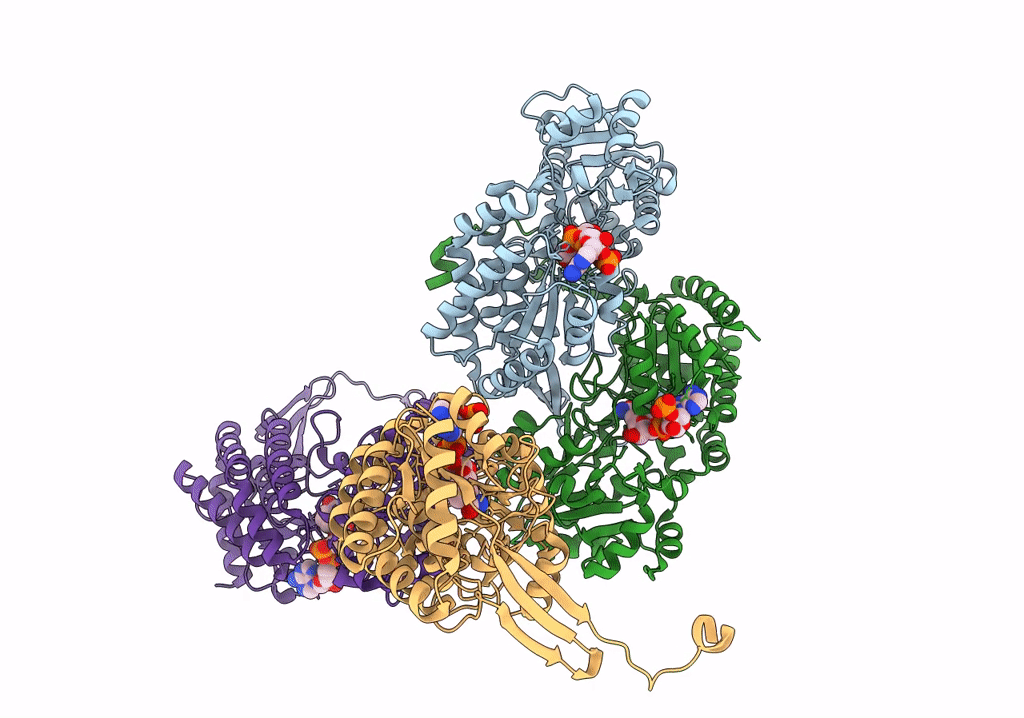
Deposition Date
2023-02-02
Release Date
2023-05-31
Last Version Date
2023-09-20
Entry Detail
PDB ID:
8CEK
Keywords:
Title:
Succinyl-CoA Reductase from Clostridium kluyveri (SucD) with NADPH
Biological Source:
Source Organism:
Clostridium kluyveri (Taxon ID: 1534)
Host Organism:
Method Details:
Experimental Method:
Resolution:
2.15 Å
R-Value Free:
0.22
R-Value Work:
0.19
R-Value Observed:
0.19
Space Group:
I 2 2 2


